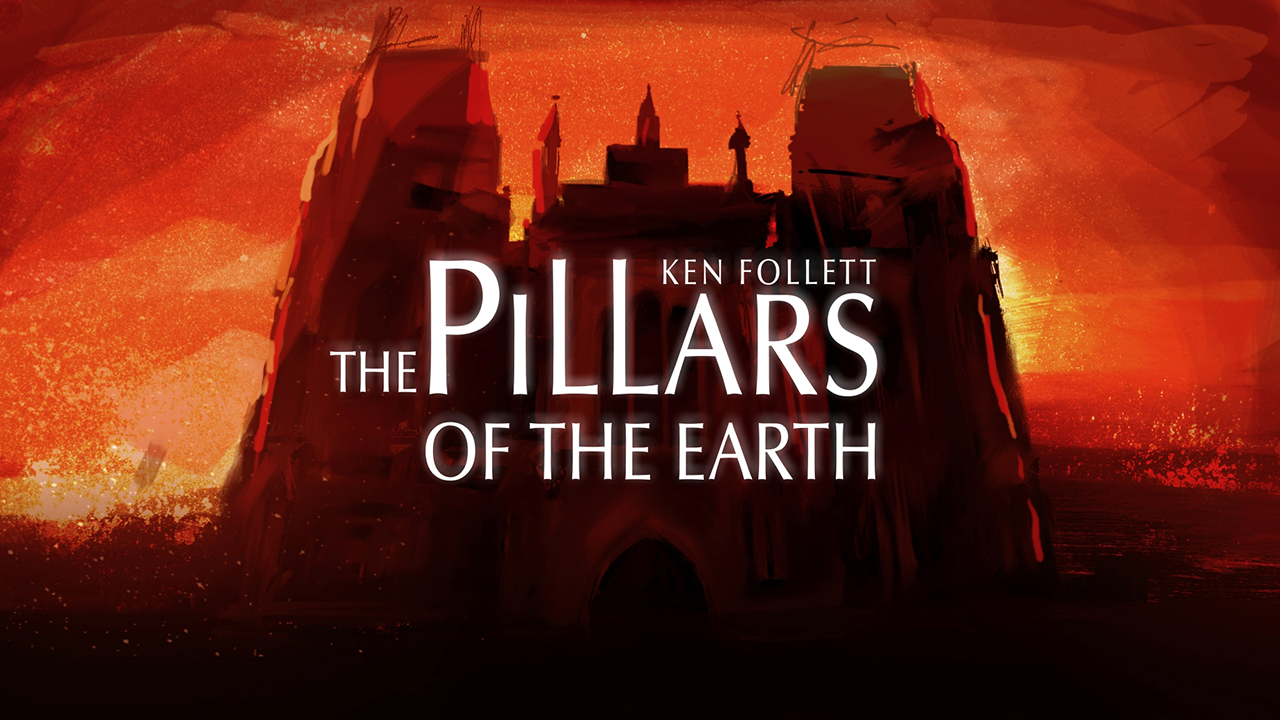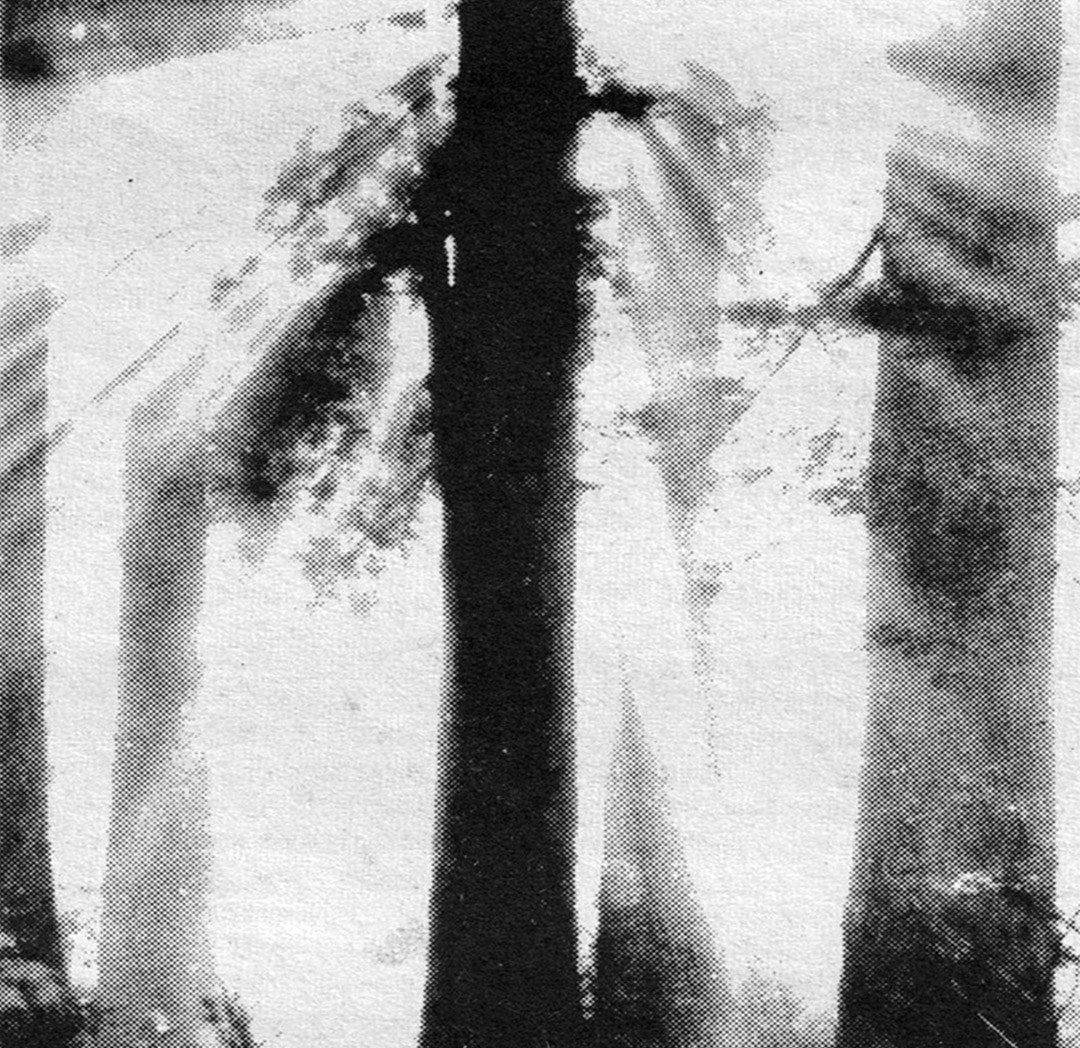The Pillars of the Earth

The Pillars of the Earth is an ambitious novel. Tolstoyesque in its scope and its presentation it is divided into decent size chapters with nice, short and accessible sub-sections. Unfortunately any other comparisons with Tolstoy, which surely must have been a model for this book, dont reflect well on Ken Follett. It is obvious that the detailed descriptions of churches and cathedrals were derived at from vigorous study, and there is no doubt as to his ability to write a thriller (his suspenseful writing is indeed what drives the novel and the reader on), but his Tolstoyan tendency to allow characters to see into each others souls by merely studying the facial expressions of others often feels hollow and derivative.
As far as historical fiction goes it is well worth persevering and ploughing through what has to be regarded as a fairly big book but other than that the characters seem very shallow and unbelievable. The evil characters are too evil and the virtues characters are too virtues. Most of the time it feels like a sloppy crime story, a thriller that lacks the umph, the x-factor. It would also help if religion werent treated like a completely trivial matter seeing as it underpins the entire story in one way or another.
The story itself is moving but too many of the characters and much of the plot seems to depend on convenience. The final third of the novel felt rushed, unbelievable and inevitably disappointing. Not to be too downcast, though, I would still recommend the book for the realism it manages to ascribe to the middle ages, which have, in many respects, indeed become the pillars of our earth.
Check Matthias Mueller’s excellent Cultural Constellations blog


















Must Reads
David Holmes – Humanity As An Act Of Resistance in three chapters
As a nation, the Irish have always had a profound relationship with the people of Palestine
Rotterdam – A City which Bounces Back
The Dutch city is in a state of constant revival
Going Remote.
Home swapping as a lifestyle choice
Trending track
Vels d’Èter
Glass Isle
Shop NowDreaming
Timothy Clerkin
Shop Now